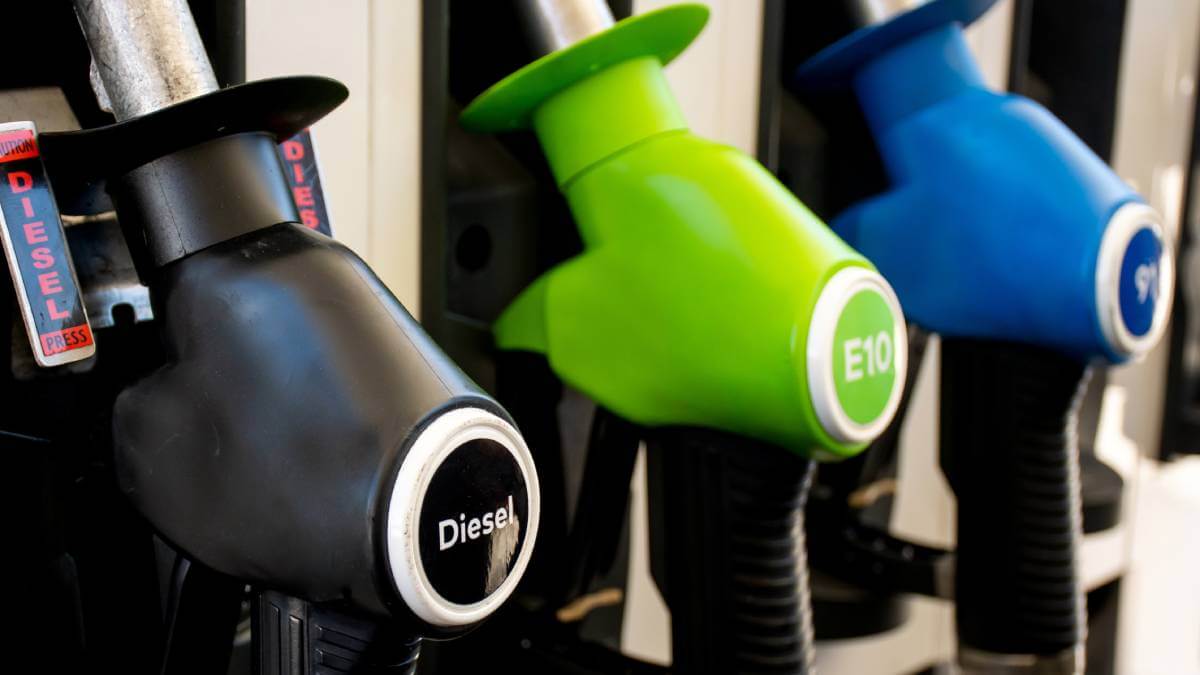The latest monthly consumer price indicator shows inflation fell sharply to 5.6 per cent over the 12 months to May, down from 6.8 per cent in April.
A large fall in the cost of fuel, reversing a sharp rise in April, was the biggest downwards contributor to prices.
“The annual movement for automotive fuel remains volatile, partly reflecting price changes from 12 months ago,” said Michelle Marquardt from the Australian Bureau of Statistics, which compiles the data.
“Annually, automotive fuel prices fell 8.0 per cent in May, compared to a rise of 9.5 per cent in April.”
Downward pressure on prices also came from travel and accommodation, as the post-pandemic summer and Easter travel booms subsided, although holiday costs were still 7.3 per cent higher than a year ago.
Housing (+8.4 per cent), food and non-alcoholic beverages (+7.9 per cent), and furniture, household equipment and services (+6.0 per cent) were the biggest contributors to inflation over the year to May.
Rents, meals out and takeaway food, bread and cereals, and dairy products were responsible for much of the general price rise.
The latest Bureau of Statistics data will relieve some pressure on the Reserve Bank to raise interest rates again next week.
“The number is at the very lower end of the range of economists’ expectations, which ranged from 6.9 per cent to 5.6 per cent and is soft enough by a good margin to see the RBA halt its series of rate hikes in July and possibly beyond,” commented IG’s Tony Sycamore.
According to financial market data on Refinitiv, markets are currently pricing in at least a 70 per cent chance that the RBA will not shift rates when it meets on Tuesday next week.
The Australian dollar fell on the data, as traders cut back their rate rise expectations, and was worth 66.35 US cents at 12:15pm AEST.
 2020 Australian Broadcasting Corporation. All rights reserved.
2020 Australian Broadcasting Corporation. All rights reserved.
ABC Content Disclaimer

